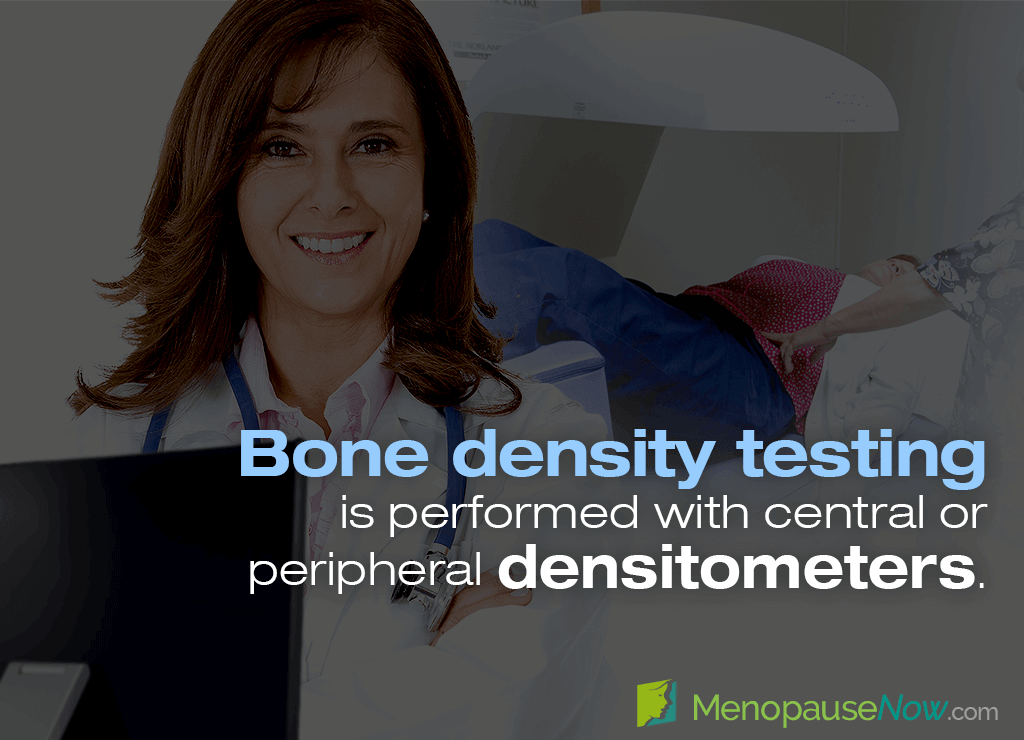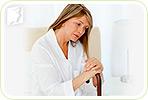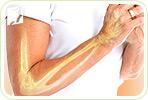Osteoporosis is a silent disease that often doesn't cause symptoms in its preliminary stages. Therefore, properly diagnosing osteoporosis and pursuing appropriate treatment options thereafter is of the essence.
Continue reading to learn all about osteoporosis diagnosis, and don't let this debilitating disease take the best of your twilight years.
Diagnosis of Osteoporosis
It is possible to diagnose osteoporosis before breaking a bone by performing a test that measures bone mineral density, or BMD.
BMD is the amount of bone mineral in bone tissue. Generally, the higher the mineral content, the denser the bone and less likely to fracture.
Bone density testing, used to measure BMD, is commonly performed with a bone densitometer to check bones for how susceptible they are to fracture and predict future fracture risk.
There are two types of densitometers used:
Central densitometers. These are used to measure the density of bones that are in the stabilizing parts of the skeleton, such as the spine and the hip. They are acclaimed to provide the most accurate bone density testing.
Peripheral densitometers. As the name suggests, these machines measure bone density on the periphery of the skeleton, like the wrists. They are less accurate than central densitometers and may require a follow-up scan of your hip or spine to confirm positive results.
A bone density test will also show women if they have osteopenia, which is a stage of bone loss that has not yet reached that of osteoporosis.
A woman's line of treatment will depend upon her risk of breaking a bone within the next 10 years based on results from the bone density test.
Treatment of Osteoporosis
If the risk of fracture is not high, treatment will focus upon modifying one's lifestyle habits to prevent further bone loss and the odds of fractures due to falls.
These initial suggestions include quitting smoking, which increases rates of bone loss; avoiding excessive alcohol consumption as being intoxicated increases the risk of falling; and preventing falls around the home by securing electrical cords, wearing nonslip-soled shoes, and installing grab bars where needed.
Likewise, menopausal women pursuing osteoporosis treatments that balance hormones should follow the suggestions as well, but keep in mind that they need to optimize their diets to be rich in phytoestrogens, plant-based estrogens that fill the hormonal gap, in addition to calcium and vitamin D, which aids in the absorption of calcium.
For improved results, alternative medicine is recommended. Options include phytoestrogenic herbal supplements, which appear to have activity similar to estrogen on bone tissue, or hormone-regulating supplements, which encourage the body to produce its own natural hormones.
On the other hand, if the risk of fracture is high, women will be encouraged to pursue medications, such as bisphosphonates or hormone therapy.
Key Takeaways
Obtaining a correct diagnosis of osteoporosis involves knowing which tests to take and what measures to pursue from there. When testing BMD with a densitometer, your results will show how susceptible your bones are to facture and predict future bone breakage risk. Depending upon this, you will be instructed to make lifestyle adjustments or follow through with a medication regimen. Menopausal women should take into consideration measures to balance hormones as well. Either way, early detection is key for a happier, healthier retirement.
Sources
- Mayo Clinic. (2017). How osteoporosis is diagnosed | Osteoporosis: Symptoms & causes | Osteoporosis: Diagnosis & treatment. Retrieved February 12, 2019, from https://www.mayoclinic.org/diseases-conditions/osteoporosis/in-depth/osteoporosis/art-20304599 | https://www.mayoclinic.org/diseases-conditions/osteoporosis/symptoms-causes/syc-20351968 | https://www.mayoclinic.org/diseases-conditions/osteoporosis/diagnosis-treatment/drc-20351974
- Radiological Society of North America. (2017). Osteoporosis. Retrieved February 12, 2019, from https://www.radiologyinfo.org/en/info.cfm?pg=osteoporosis




